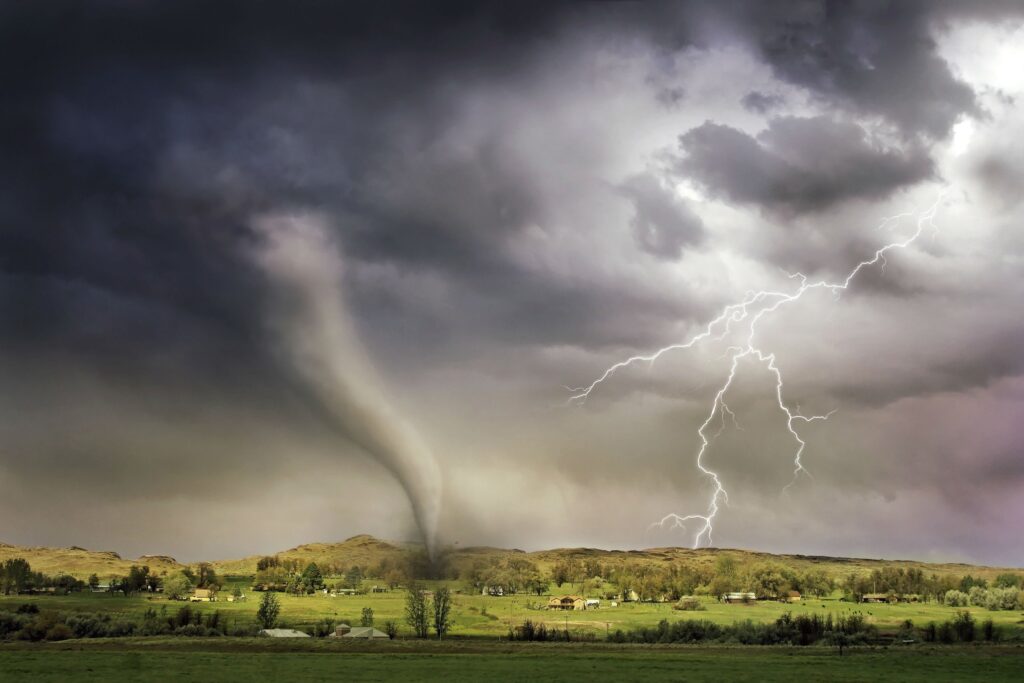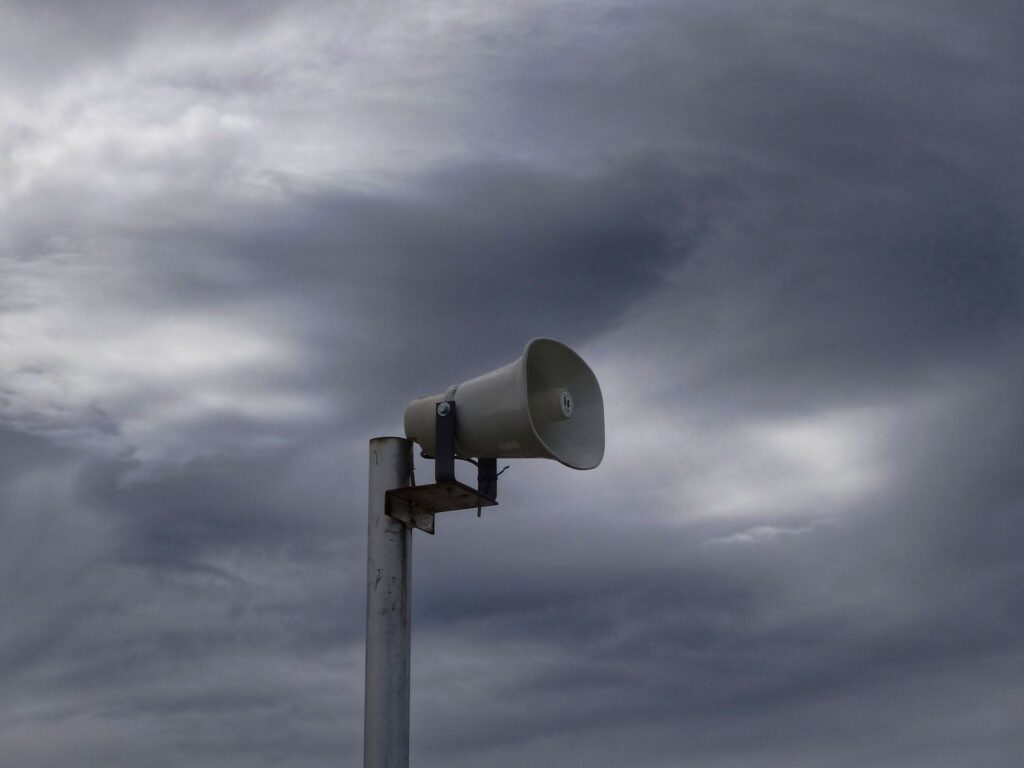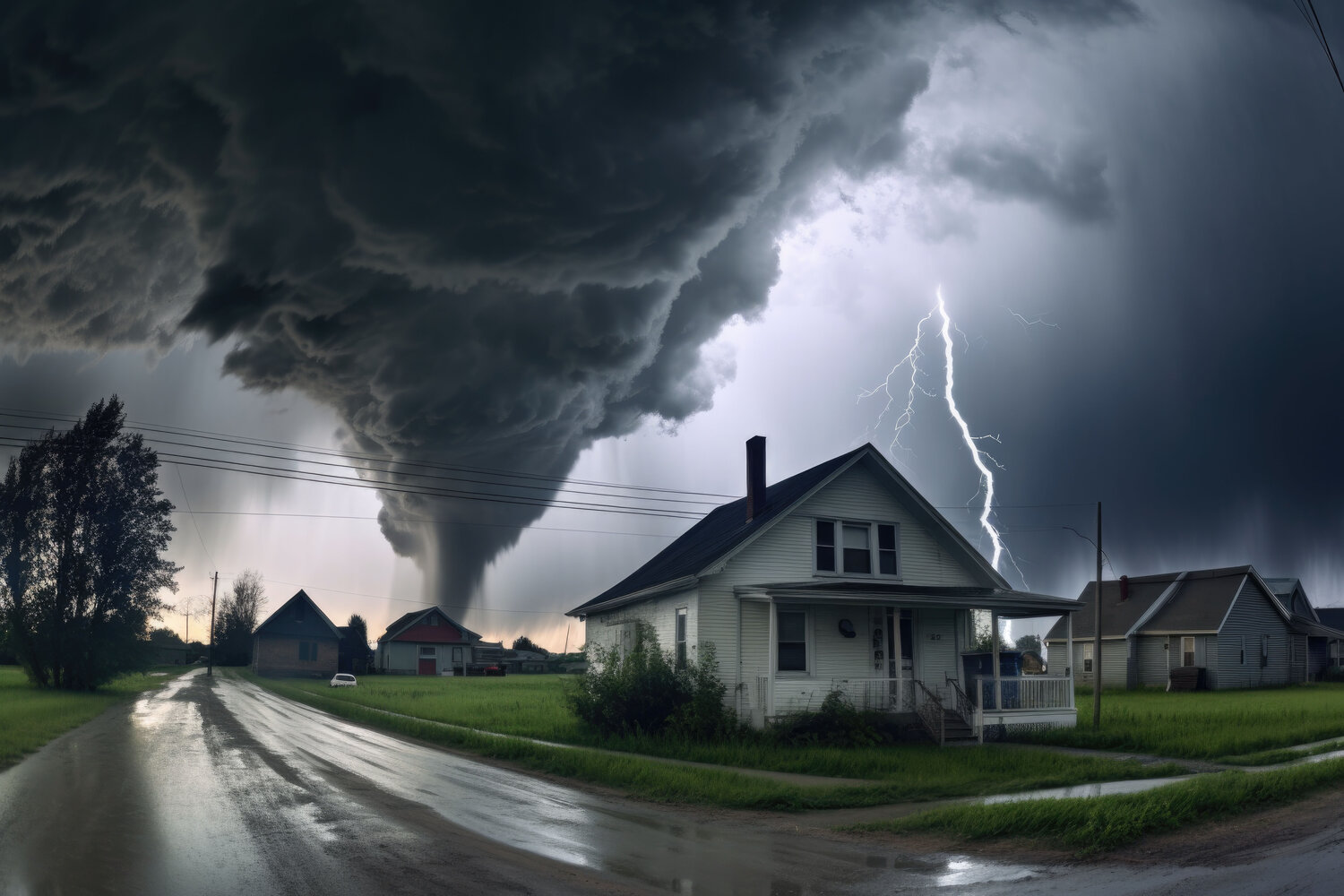Severe Thunderstorm Warning: Stay Safe During Tornado Thunderstorm Warnings
As severe weather sweeps across the Midwest, the term tornado thunderstorm warning is trending on Google. With the National Weather Service (NWS) issuing alerts for severe weather tornadoes, it’s crucial to stay informed and prepared. This blog will cover everything you need to know about tornado warnings, tornado radar, and how to stay safe during a tornado outbreak.
What is a Tornado Thunderstorm Warning?
A tornado thunderstorm warning is issued by the National Weather Service when severe weather conditions, including tornadoes, are imminent or already occurring. These warnings are often accompanied by tornado radar updates, which track the path and intensity of the storm.
In areas like Illinois, Chicago, and Des Moines, residents are no strangers to severe weather. Whether it’s tornado storms, blizzards, or severe thunderstorms, staying updated on todays weather is essential for safety.
Tornado Warning Chicago: What You Need to Know
The tornado warning Chicago alerts have been frequent this season, with the National Weather Service closely monitoring tornadoes today. The weather Chicago forecast often includes severe weather tornadoes, making it vital for residents to stay alert.
Key tips for Chicagoans during a tornado warning:
- Stay indoors and away from windows.
- Monitor tornado radar updates from the NWS.
- Have an emergency kit ready with essentials like water, flashlights, and a first-aid kit.
Tornado Radar: Tracking Severe Weather

One of the most valuable tools during a tornado thunderstorm warning is the tornado radar. This technology allows meteorologists to track the movement of tornado storms and predict their paths.
For those in Illinois, STL weather, or Des Moines weather regions, keeping an eye on the tornado radar can provide critical minutes to seek shelter. The National Weather Service provides real-time updates, ensuring you’re always informed about tornadoes today.
Severe Weather Tornadoes: Understanding the Risks
Severe weather tornadoes can cause significant damage and pose serious risks to life and property. A tornado outbreak occurs when multiple tornadoes form in a short period, often during severe thunderstorms.
In areas like Chicago and Des Moines, severe weather is a common occurrence. Understanding the risks and knowing how to respond can make all the difference. Here’s what to do during a tornado warning:
- Seek shelter in a basement or an interior room on the lowest floor.
- Avoid mobile homes or vehicles, as they offer little protection.
- Stay tuned to local news and NWS updates for the latest information.
Tornadoes Today: Staying Updated
With tornadoes today being a major concern, staying updated on todays weather is crucial. The National Weather Service provides timely alerts and updates, ensuring you’re prepared for any tornado storms.
For those in Chicago, the tornado warning Chicago alerts are particularly important. Similarly, residents in Illinois and Des Moines should monitor their local weather forecasts and tornado radar for the latest developments.
Blizzard and Severe Weather: A Dual Threat

While tornadoes are a significant concern, blizzard conditions can also accompany severe weather. In regions like Illinois and Des Moines, winter storms can bring heavy snow, strong winds, and freezing temperatures, compounding the risks of severe weather.
During a blizzard, it’s essential to:
- Stay indoors and avoid unnecessary travel.
- Keep emergency supplies like blankets, food, and water on hand.
- Monitor NWS updates for severe weather alerts.
Conclusion: Stay Safe During Severe Weather
The tornado thunderstorm warning alerts from the National Weather Service are a reminder of the power and unpredictability of severe weather tornadoes. Whether you’re in Chicago, Illinois, or Des Moines, staying informed and prepared is key to staying safe.
Make sure to monitor tornado radar updates, follow NWS alerts, and have an emergency plan in place. By doing so, you can protect yourself and your loved ones during a tornado outbreak or any other severe weather event.





